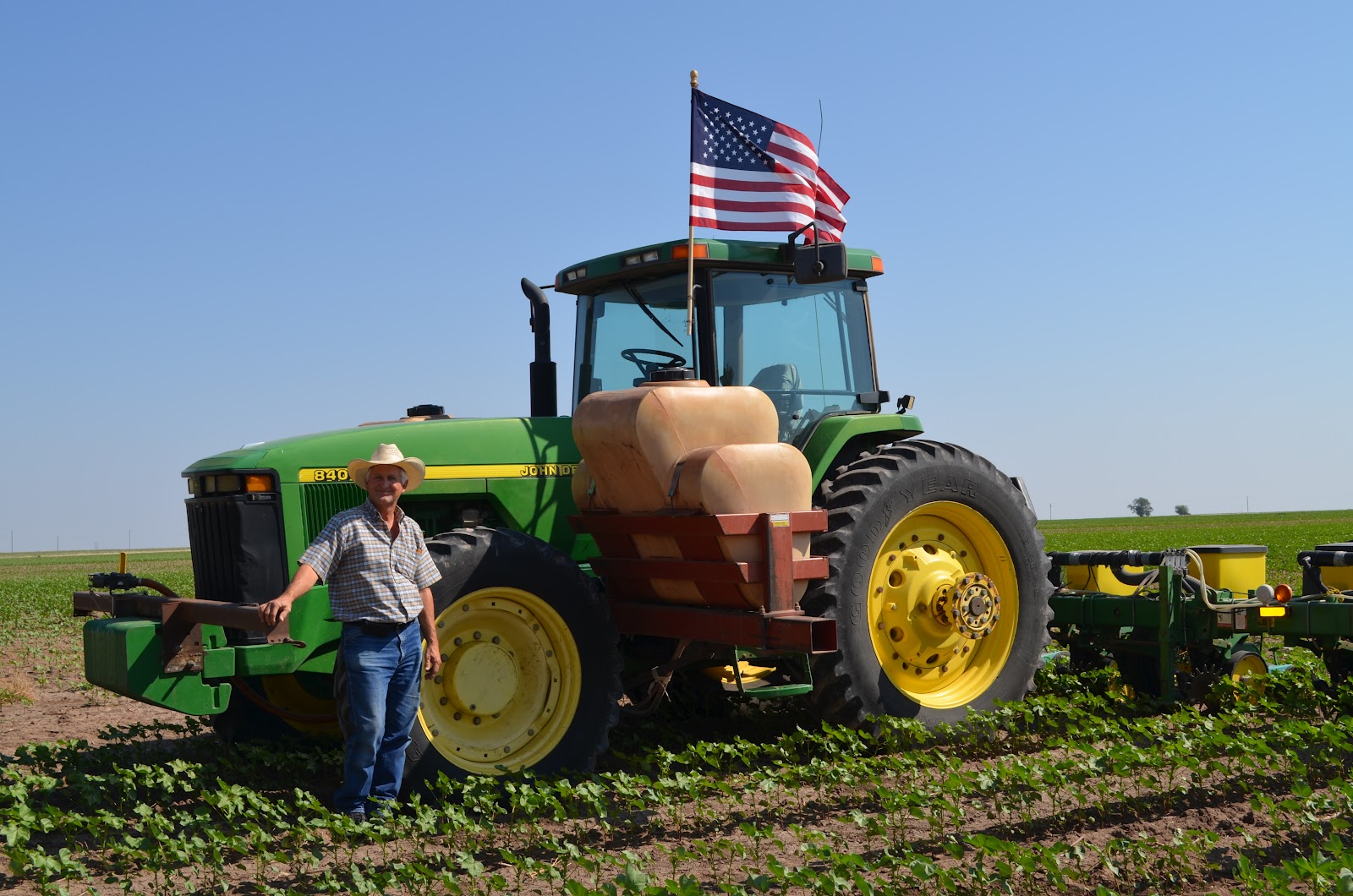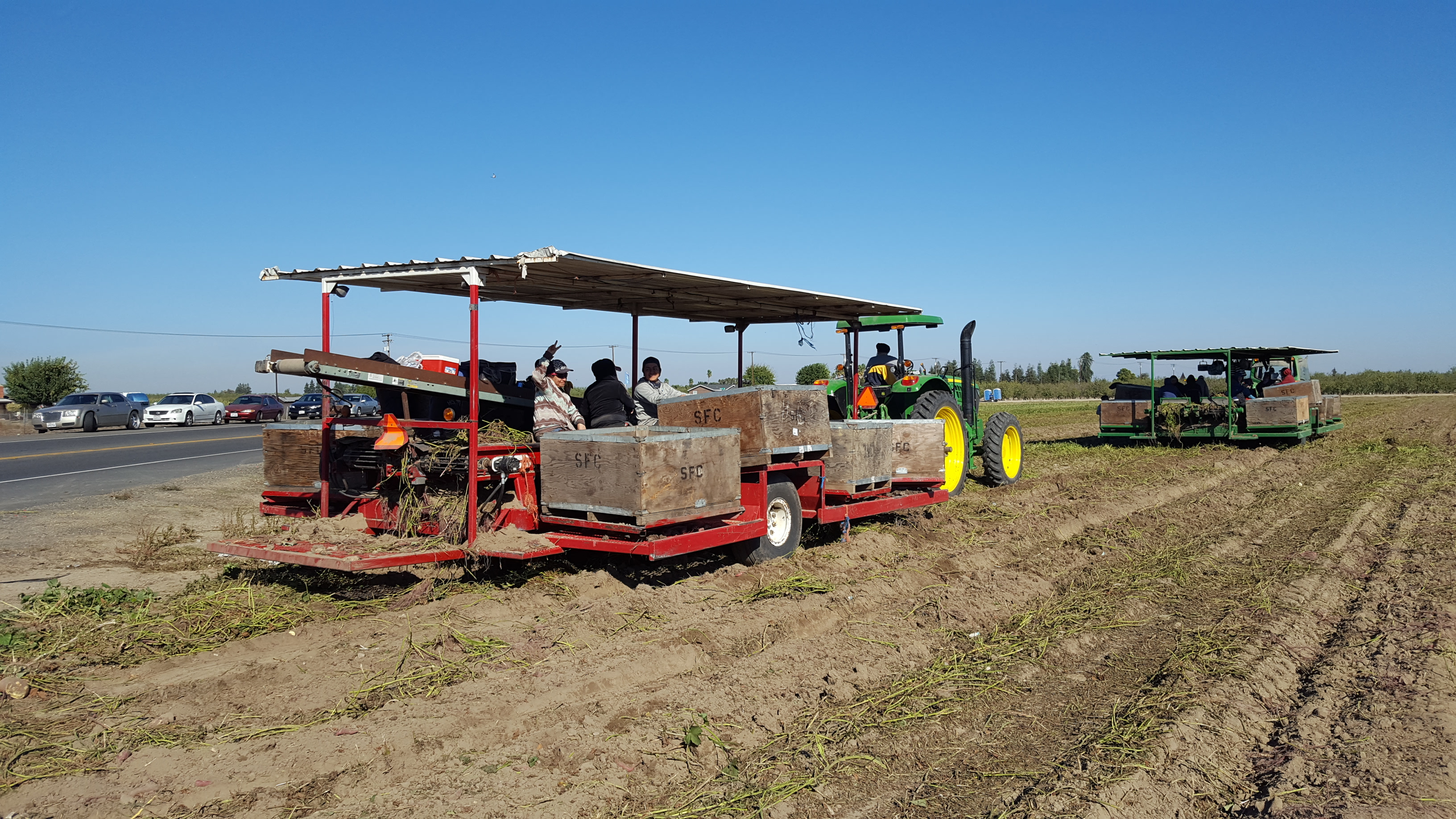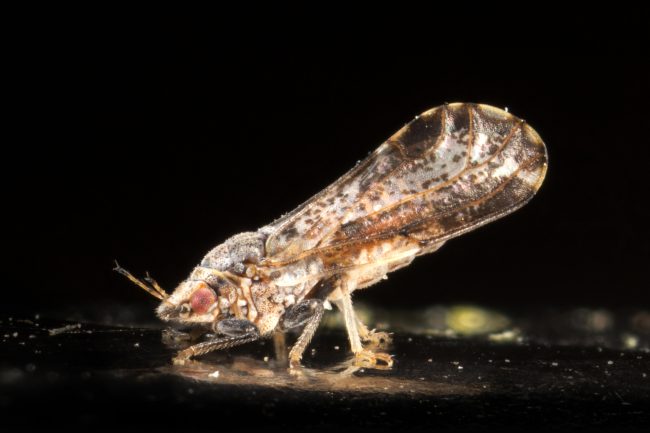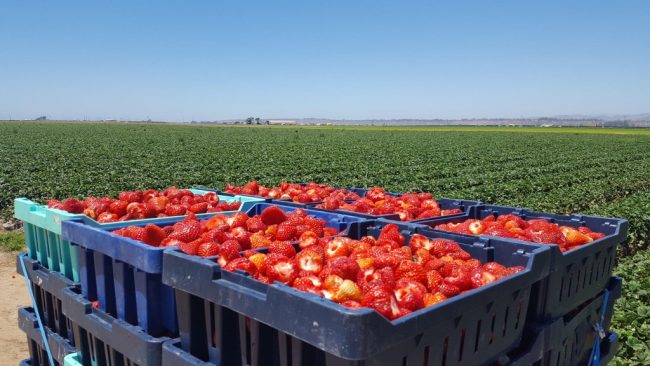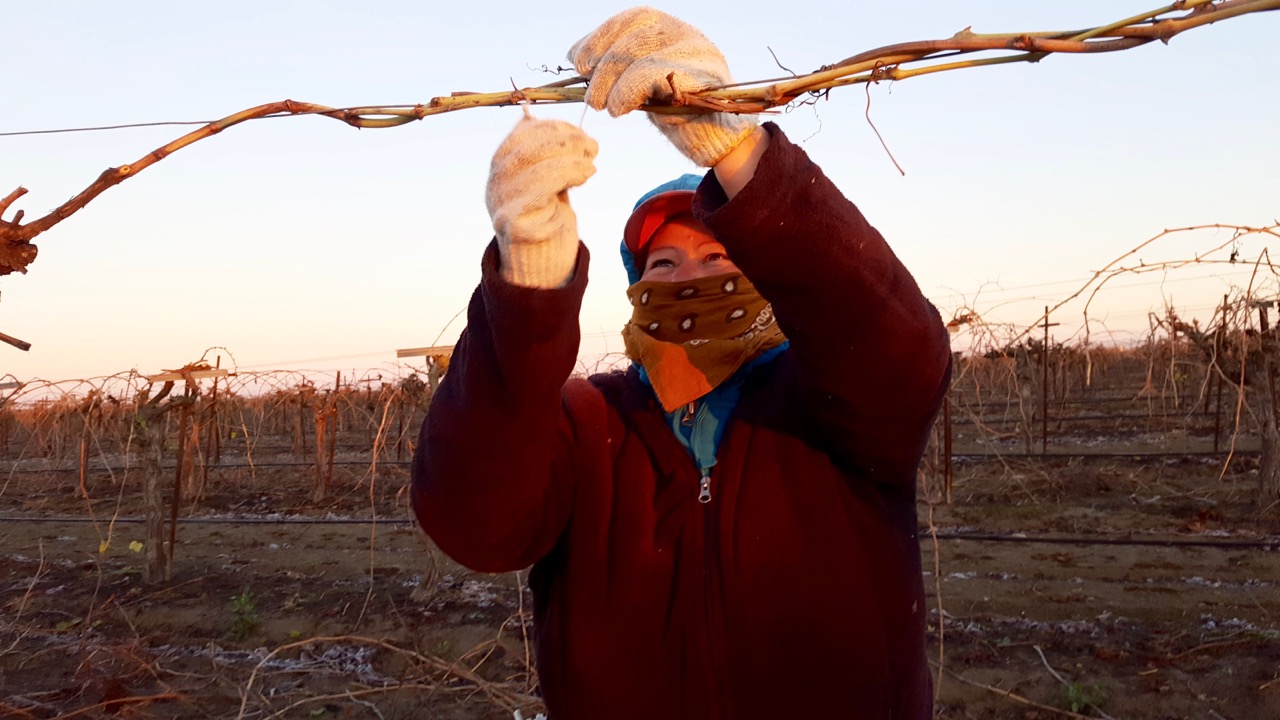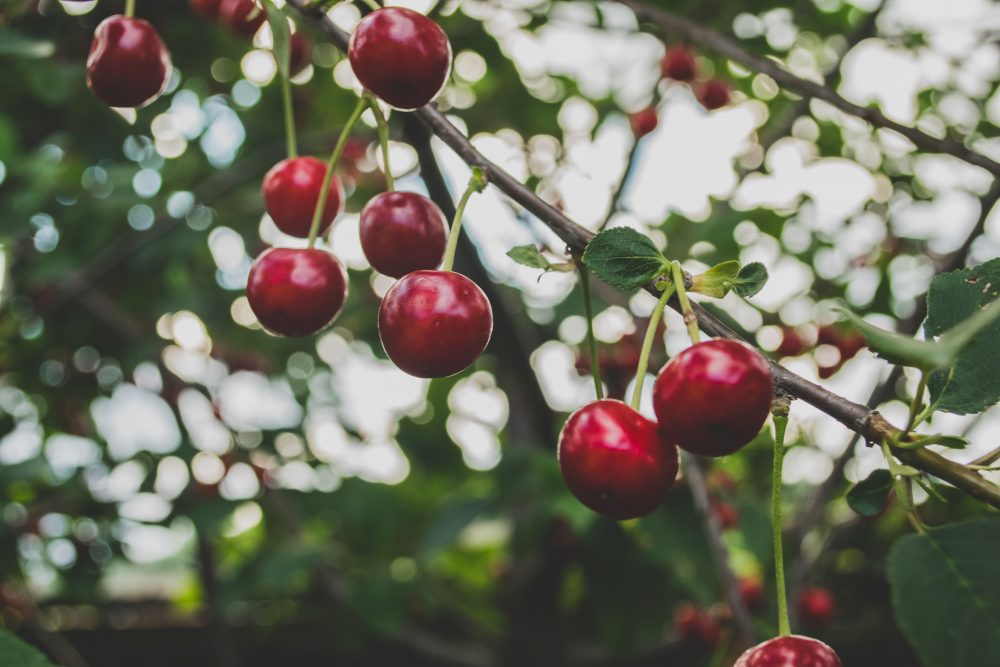Keeping Workers Safe from Heat Illness
How Farmers Prevent Heat Illness
Part of a Series
By Patrick Cavanaugh, Farm News Director
With the rising temperatures, farmers must ensure the safety of their workers to prevent heat illness and ensure that everyone gets home safely. California Ag Today spoke with Daniel Jackson, of Family Tree Farms, about the rising temperatures and worker safety.
“It’s amazing how you see canopies up all over,” Jackson said. “As you drive by, you’ll see the canopies that are up, providing shade. The water sources are close. As far as sanitary goes, most farmers now are — especially the larger ones — under global good agricultural practices (GAP) certifications. We’re not only required to have excellent bathrooms and wash station in place. it, but it’s also the right thing. … It helps to protect our workers, keep them safe and also provide a safe, sanitary food source for the public.”
Family Tree Farms has a proactive approach on keeping their workers safe. “We’re taking care of the workers by giving them their breaks and doing everything that we need to ensure that they’re healthy and that they’re able to make it through the day,” Jackson said.
“That takes great supervision. We have a great team. We have about eight people that work for us, that are going around checking people, making sure that they’re safe,” he said.
“We also visit the workers in the field. I think the farmer needs to be there in the flesh from time to time, making sure everybody’s healthy. So far, it’s been fine this year, but as the heat goes up, we’re going to have to take more precautions,” Jackson said.



